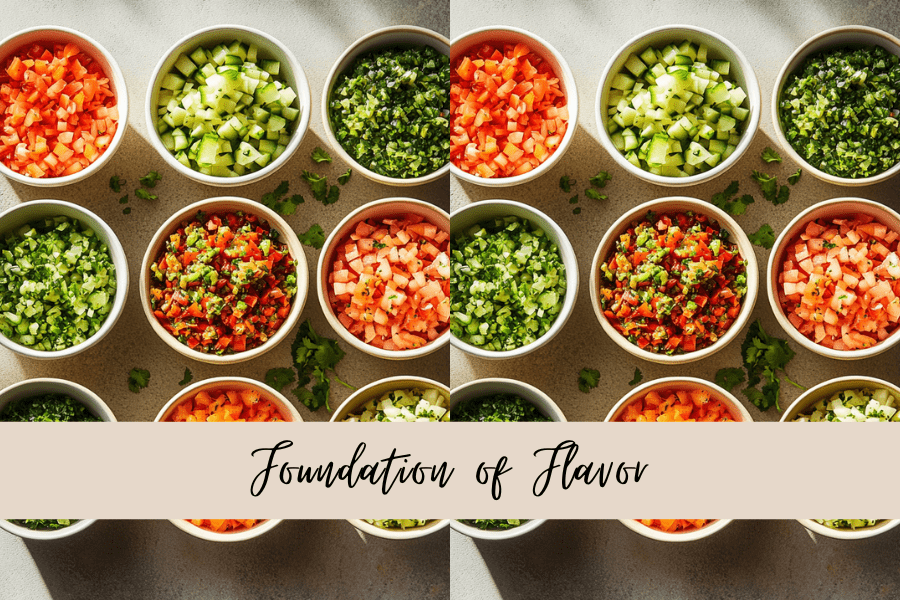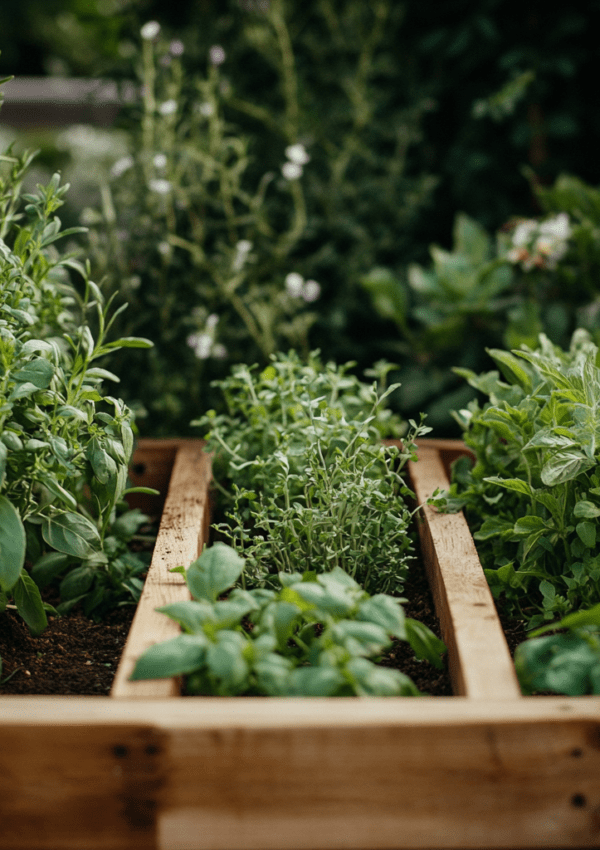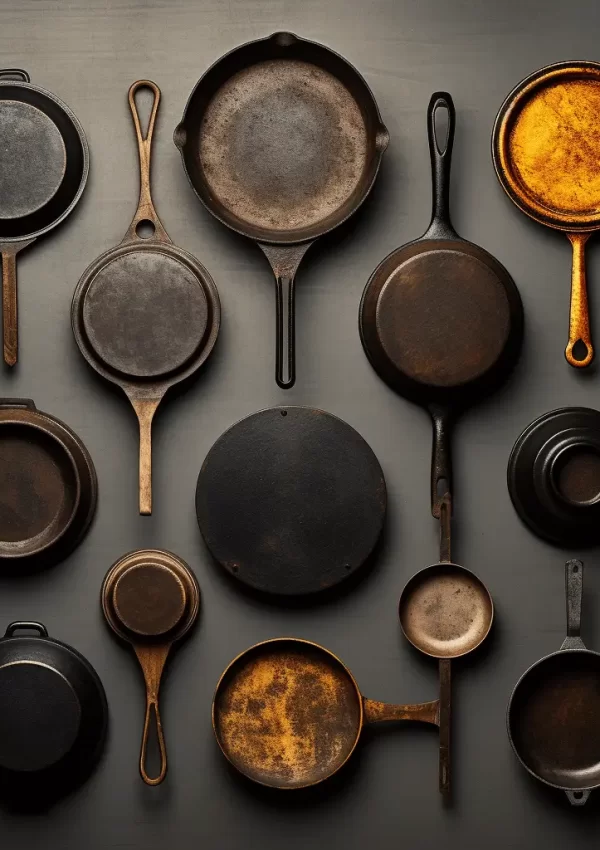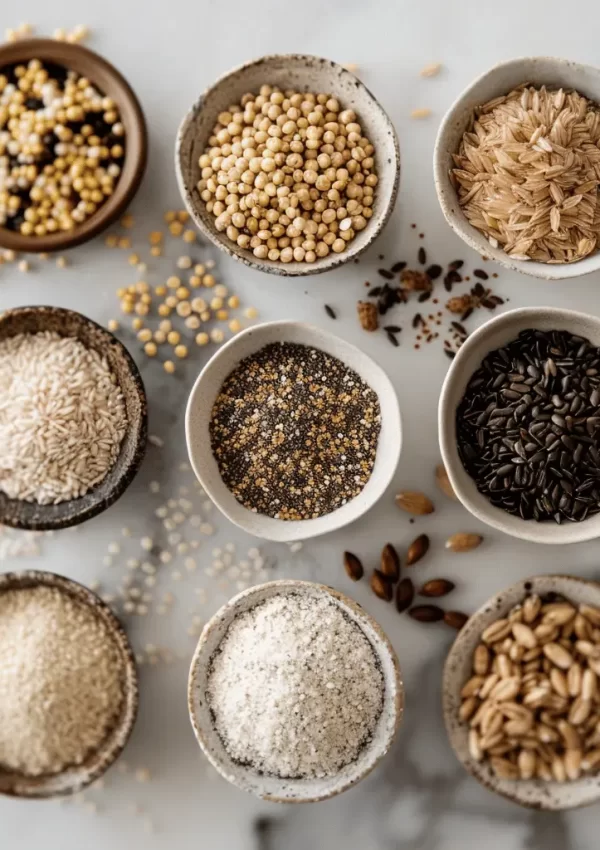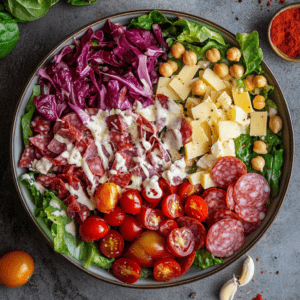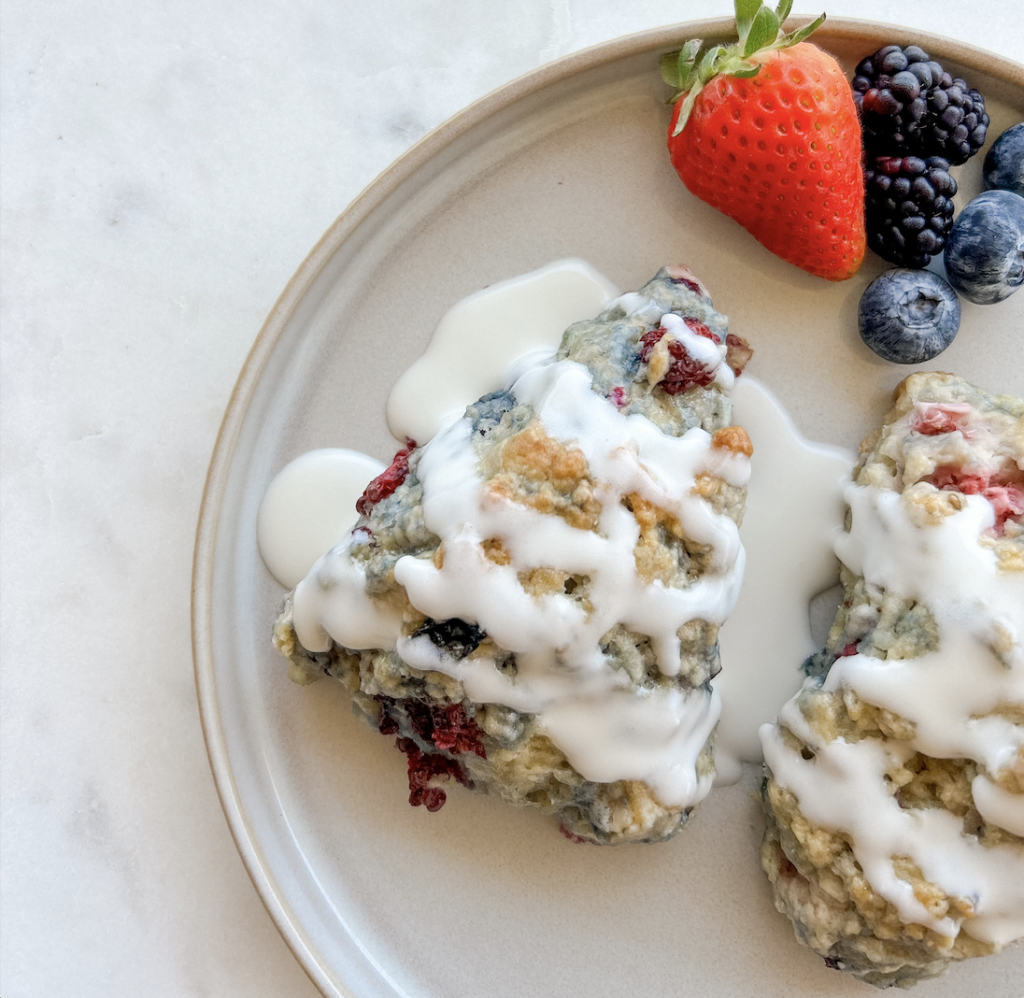Ever wonder why some dishes have that irresistible, deep, mouthwatering taste? It all comes down to their foundation of flavor—the essential ingredients that create the backbone of a dish. Every culture has its own signature blend of aromatics, from the holy trinity of Cajun cooking to the sofrito that gives Latin dishes their soul. These combinations of vegetables, herbs, and spices are the secret behind rich, complex flavors that make food truly unforgettable.
By understanding these essential building blocks, you’ll not only level up your cooking but also gain the confidence to experiment with international flavors right in your own kitchen. So, let’s take a flavorful journey through some of the world’s most iconic culinary bases—where they come from, what makes them special, and how you can use them to build your own foundation of flavor.
And if you are interested in global cuisine – check out my entire collection of culturally inspired spice blends here!
This post is all about The Foundation of Flavor: A Guide to Culinary Bases from Around the World.
1. French – Mirepoix
Ingredients & Ratio: 2 parts onion, 1 part carrot, 1 part celery
Used in: Soups, stews, braises, stocks
Mirepoix (meer-PWAH) is the heart of French cuisine, used to build depth in broths, sauces, and braised meats. It dates back to the 18th century and is often gently sautéed in butter or oil to release its natural sweetness.
2. Cajun/Creole – Holy Trinity
Ingredients & Ratio: Equal parts onion, bell pepper, and celery
Used in: Gumbo, jambalaya, étouffée
A close cousin to mirepoix, the Holy Trinity of Cajun and Creole cooking swaps carrots for bell peppers, which add a slightly sweet and smoky depth.
3. Spanish – Sofrito
Ingredients & Ratio: Tomato, onion, garlic, bell pepper (sometimes herbs and paprika)
Used in: Paella, stews, rice dishes
Sofrito is a staple in Spanish and Latin American cuisine, with regional variations. It is typically cooked in olive oil until softened, creating a flavorful base for many dishes.
4. Italian – Soffritto
Ingredients & Ratio: 2 parts onion, 1 part carrot, 1 part celery, garlic (often cooked in olive oil)
Used in: Sauces (like Bolognese), risottos, soups
Similar to mirepoix, soffritto is typically cooked longer in olive oil to develop a richer, slightly caramelized flavor.
5. Portuguese – Refogado
Ingredients & Ratio: Onion, garlic, tomato, sometimes bell pepper
Used in: Seafood dishes, stews, rice
A key component in Portuguese cooking, refogado is slowly sautéed in olive oil to bring out its robust flavors.
6. Chinese – Ginger, Garlic, and Scallions
Ingredients & Ratio: Equal parts ginger, garlic, and scallions (sometimes soy sauce and Shaoxing wine)
Used in: Stir-fries, sauces, soups
These aromatics provide a pungent, slightly spicy, and savory depth that enhances a variety of Chinese dishes.
7. Japanese – Aromatic Base
Ingredients & Ratio: Dashi (kombu and bonito flakes), mirin, sake, soy sauce
Used in: Soups, sauces, simmered dishes
Dashi is a fundamental element of Japanese cuisine, forming the umami-rich foundation of miso soup, ramen, and dipping sauces.
8. Korean – Base for Banchan and Stews
Ingredients & Ratio: Garlic, ginger, scallions, gochujang or doenjang
Used in: Kimchi, stews (jjigae), grilled meats
Fermented pastes like gochujang (chili paste) and doenjang (soybean paste) add deep, complex flavors to Korean dishes.
9. Indian – Tadka (Tempering Spices)
Ingredients & Ratio: Mustard seeds, cumin seeds, curry leaves, onion, garlic, ginger, chili, sometimes tomatoes
Used in: Lentil dishes (dal), curries, rice dishes
Tadka, or tempering, is a technique where whole spices are fried in oil or ghee to release their essential oils.
10. Thai – Curry Paste Base
Ingredients & Ratio: Garlic, shallots, lemongrass, galangal, Thai chilies, shrimp paste
Used in: Curries, soups, stir-fries
Thai curry pastes are intense flavor bombs, blending fresh aromatics with dried spices.
11. Vietnamese – Base Aromatics
Ingredients & Ratio: Garlic, shallots, lemongrass, fish sauce
Used in: Pho, stir-fries, grilled meats
Aromatic and slightly funky, these ingredients define the depth of Vietnamese cuisine.
12. Filipino – Gisa
Ingredients & Ratio: Garlic, onion, tomato
Used in: Adobo, stews, pancit
A staple in Filipino cooking, gisa is a simple sautéed mixture that adds rich flavor to many dishes.
13. Middle Eastern – Base for Stews and Rice
Ingredients & Ratio: Onion, garlic, cinnamon, cumin, coriander, sometimes tomatoes
Used in: Tagines, pilafs, kebabs
This warm, aromatic blend brings depth to Middle Eastern dishes.
14. North African – Chermoula
Ingredients & Ratio: Garlic, cilantro, parsley, cumin, lemon juice, olive oil
Used in: Fish dishes, marinades, stews
A vibrant herb and spice mixture that enhances seafood and meat dishes.
15. Ethiopian/Eritrean – Niter Kibbeh and Berbere Base
Ingredients & Ratio: Niter kibbeh (spiced clarified butter) and berbere spice mix
Used in: Doro wat, lentil stews
These bases create the deeply spiced and rich flavors found in Ethiopian cuisine.
16. Caribbean – Green Seasoning
Ingredients & Ratio: Garlic, onion, green bell pepper, cilantro, thyme, Scotch bonnet pepper
Used in: Jerk chicken, curries, stews
This herbaceous blend is a key flavor enhancer in Caribbean cooking.
17. Latin American – Recaito
Ingredients & Ratio: Culantro (or cilantro), onions, garlic, ají dulce peppers
Used in: Rice dishes, beans, soups
A variant of sofrito used in Puerto Rican cuisine for depth and brightness.
18. German – Suppengrün
Ingredients & Ratio: Carrot, celery root (celeriac), leek
Used in: Soups, stews, stocks
This hearty base forms the backbone of many traditional German broths and stews.
19. Russian/Eastern European – Onion & Carrot Base
Ingredients & Ratio: Onion, carrot, sometimes garlic and bay leaf
Used in: Borscht, stroganoff, braised dishes
A simple but essential foundation for many Slavic dishes.
20. Greek – Lathera Base
Ingredients & Ratio: Onion, garlic, olive oil, tomatoes, oregano
Used in: Braised vegetables, stews
A Mediterranean base that brings warmth and depth to vegetable-based dishes.
More Like This
If you enjoyed this post, you may also like:
OR level up your cooking by browsing through my entire collection of Kitchen Tips blogs.
Bringing It All Together
Every culture has its own way of layering flavors, and these aromatic bases are the foundation of great cooking. Start experimenting by incorporating these bases into your meals, and you’ll unlock a world of flavors in your own kitchen.
This post was all about The Foundation of Flavor: A Guide to Culinary Bases from Around the World!
Ready to level up your cooking game? Try out these tips and let us know how it goes! Make sure to tag me @thespicegirlkitchen_ on Instagram or @thespicegirlkitchen on TikTok!
Want to learn more about Kelsey? Click here to read her story!

